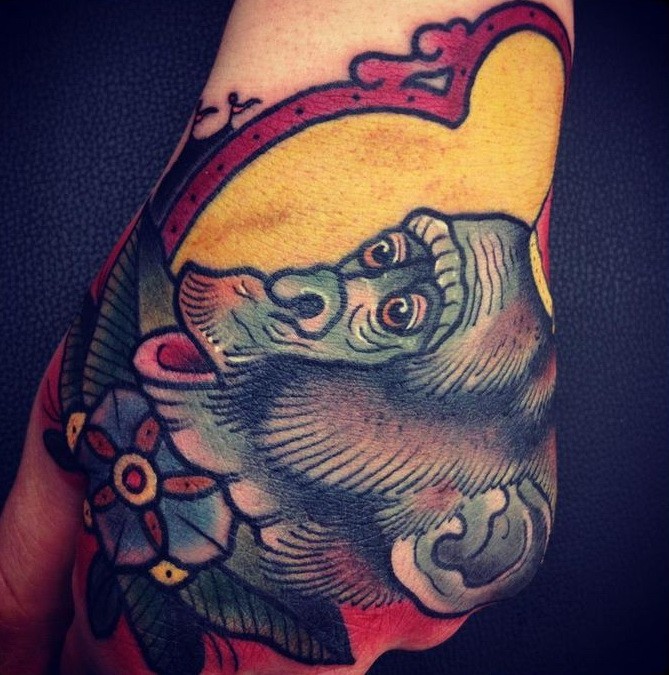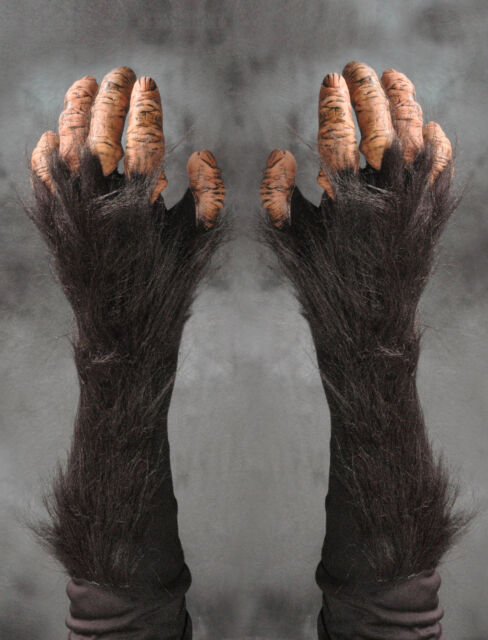
Leakey was trying to understand early humans, and because his only point of reference was fossilized early human remains and other preserved cultural materials, he could not completely understand what early human behavior may have been like. Louis Leakey in Kenya, which lead to her initial research in Gombe, Tanzania. Goodall’s run in with the famed paleoanthropologist Dr. Goodall and JGI’s story! It was in fact Dr. What many people may also not know, is how vital this taxonomy (or the systematic classification of organisms) is to Dr. We share more of our DNA with chimpanzees than with monkeys or other groups, or even with other great apes! We also both play, have complex emotions and intelligence, and a very similar physical makeup. Chimpanzees are genetically closest to humans, and in fact, chimpanzees share about 98.6% of our DNA. Chimpanzees and humans share a recent common ancestor, and as some of this ancestral population evolved along one line to become modern chimpanzees, others of this ancestor evolved along a line of various species of early human, eventually resulting in Homo sapiens (you and me!). Humans did not evolve from chimps, as is a frequent misconception. Now let’s get back to chimpanzees and humans. Some Old World monkeys include baboons and guenons, while some New World monkeys include Capuchin and spider monkeys! Many Old and New World Monkeys have tails, tend to walk on all fours like a cat or dog, and have the smallest brain out of the groups. Finally, monkeys are divided into “New World” and “Old World” monkeys. Lesser apes (gibbons and siamangs) are usually smaller in stature, with thin arms, and a slightly smaller brain. Ok, so we understand how to identify great apes, but what about monkeys? There are many different species of monkeys, and what are known as ‘lesser apes’.

H by his tail and say, “Chimps have no tail!” H is not a chimpanzee?” She will then dangle Mr. H ( a monkey plush toy who travels with her everywhere she goes) in her lectures to demonstrate this difference by asking the crowd, “How can we tell that Mr.

Great apes (humans, chimps, bonobos, gorillas and orangutans) generally have larger brains, larger bodies, and no tail. All of the groups have similar characteristics, but there are characteristics that separate us. Later on, we see the sequence again from Jupe’s perspective he is covered in blood and absolutely terrified.This can get confusing because of the numerous categories of primates: great apes, lesser apes, and Old/New World monkeys, are seemingly similar. During a taping for the series, a chimpanzee actor goes wild, and attacks several of Jupe’s co-stars. A flashback explores a tragic incident on the set of the sitcom Gordy's Home!, which Jupe starred in as a child. ( Daniel Kaluuya) and Em ( Keke Palmer) want a photo to make them "Oprah" famous and earn enough money to save their family's struggling business retail jockey Angel Torres ( Brandon Perea) wants to be part of the excitement and to fulfil his curiosity and the cinematographer Antlers Holst ( Michael Wincott) is obsessed with finding the “perfect shot.” However, there is no character in the film that has dedicated their life to pleasing an audience quite like Ricky Park, also known as “Jupe” ( Steven Yeun).Īlthough Nope might not be quite as scary as Get Out or Us, Peele certainly includes a nightmarish sequence at the very beginning of the film. The characters in Nope all have their reasons for pursuing mysterious alien vessels.

He’s fascinated by why audiences are drawn to spectacle, and how the potential glory of notoriety inspires artists to put their own lives in danger. Peele has revealed in interviews that he intended the film to be about “spectacle.” While it's true that Nope is similar to classic sci-fi adventure films like Close Encounters of the Third Kind or The Thing, Peele isn’t just talking about the scale and scope of his project. Get Out is a social satire about America’s history of racism, Us is a body-swapping commentary on class disparity, and Nope is an old-fashioned alien invasion movie with something to say about the pursuit of filmmaking and stardom itself. While the three feature films that he has directed could all be classified as “horror” in the broadest sense, they fall into very different subgenres, and deal with different themes. With Nope, Jordan Peele has once again taken over film discourse with a challenging work of original genre filmmaking. Editor's note: the following contains spoilers for the film Nope.


 0 kommentar(er)
0 kommentar(er)
